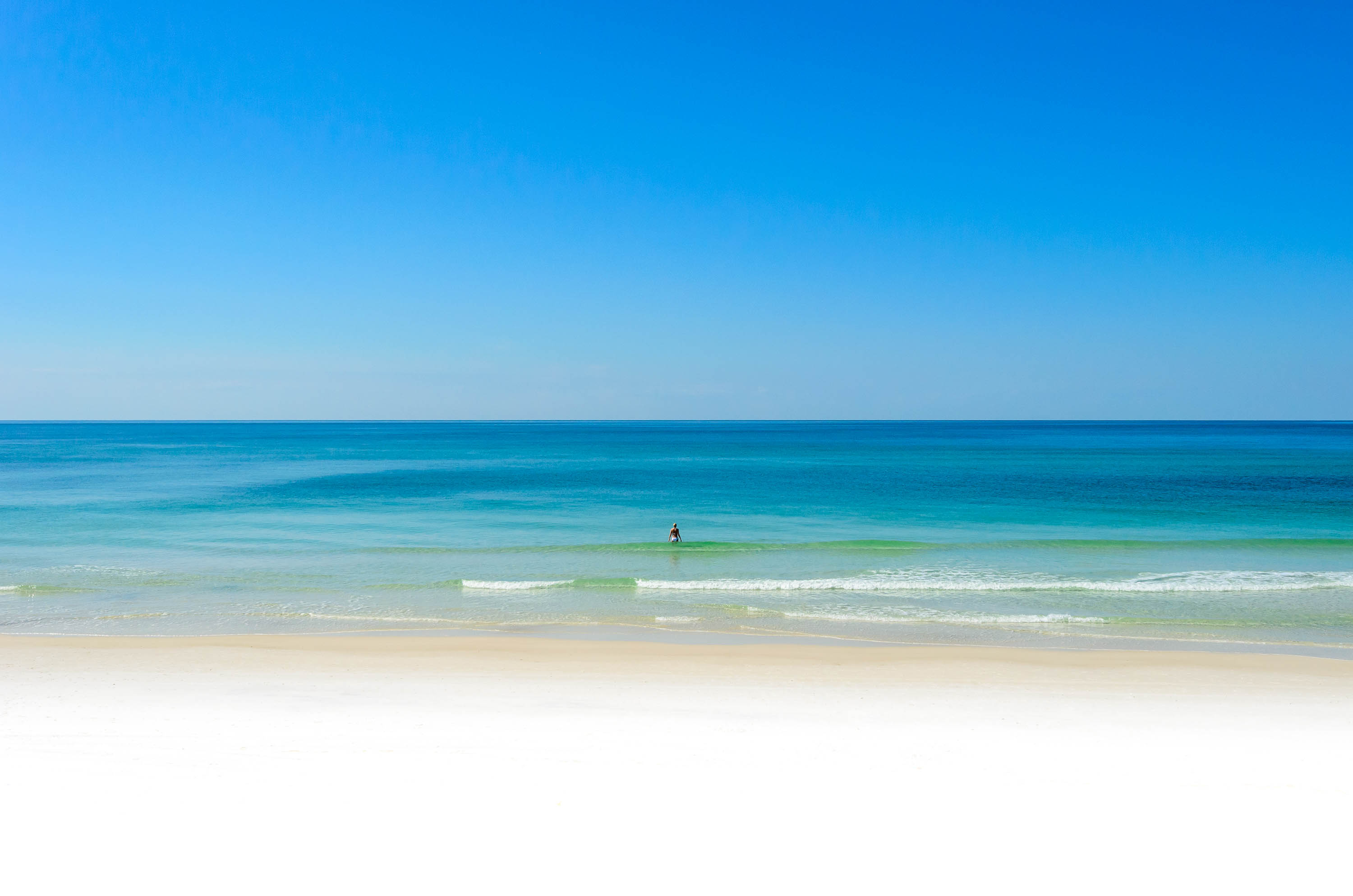Here are some new changes in enforcement. I like those apples. Finally, they decided to listen to my idea. It should be up to the person filing the complaint to prove that a trespass exists, prior to someone being arrested, locked in jail. Otherwise, anyone could charge anyone else with trespassing just to have the other person arrested and locked in jail. 
From www.waltonsun.com
County looks to dodge beach privatization bullet
By Sean Boone sean_boone@link.freedom.com
In July 2007, a visitor from Atlanta was arrested for not leaving a private beach property near The Retreat subdivision in Blue Mountain Beach. That arrest sparked controversy over what and where is deemed off limits to the public on South Walton beaches.
At the time of the incident, the Walton County Sheriff’s Office was enforcing the wet sand line as to where a person could legally sit or loiter in front of a private beach. But since the incident, the WCSO is now enforcing a state attorney’s code that requires proof of representative authority.
According to a state attorney’s document sent to the WCSO in August 2007, a representative of the property or property owner must obtain a sworn statement from the complainant that includes the exact latitude/longitude of the trespass and have proper photographs to show landmarks around where the trespass took place.
Captain Eddie Farris of the WCSO said their enforcement would continue to adhere to what the state attorney asks of them.
“As long as we meet the state attorney’s request,” he said. “We will go by what they say.”
Under the new code, the wet sand enforcement would also be changed requiring an owner to provide the plot of the mean-high-tide area over a 19-year period.
The 1974 City of Daytona Beach v. Tona-Rama Inc. case brought beach privatization into full light, ruling that property that historically had been used as public access, could not be deemed private.
But many gray areas remain as to what is historic public access in the state of Florida.
Recently, Walton and Okaloosa County beach renourishment efforts have raised questions over what is the private beach owner’s rightful land and what is part of public beach after additional sand is added that extends property.
A lawsuit from three homeowners challenging the state’s erosion control permit was heard by the U.S. Supreme Court in April 2007, but a decision in the matter has not yet been tendered.
South Walton Tourist Development Beach Maintenance Manager David Sell said in a recent e-mail that the Remove It Or Lose It program, which removes items left on county beaches overnight, would not be able to patrol renourished beaches in the western end of the county until the Supreme Court ruling is made to determine if the area of beach is private or public.
“It is the county position that it should be public from the CCL (Coastal Construction Line) to the water,” he said. “However, we must wait to hear how the courts rule on it.”
Last year, Edgewater Condominiums in Miramar Beach fi led suit against Walton County after threats were made to remove their volleyball net, which was seen as a removable item under the TDC’s program.
“Since the code said chairs, tents, toys etc., Edgewater management thought the county had over-stepped its authority,” said Edgewater President Suzanne Harris. “Edgewater thought it was selective enforcement because an investigation by our attorney found there were many volleyball nets that had not been tagged, such as the one at the Whale’s Tail restaurant that was (on) public beach.”
BEACH SAFETY
LOOPHOLE
The South Walton Fire District’s Beach Safety program currently patrols more than 26 miles of beaches in South Walton. Much of the patrolling is done by roving (vehicles) below the high tide mark of private beaches.
“The majority of our responses are on private beaches,” said SWFD Beach Safety Director Gary Wise. “Without roving patrol west of Pompano Joe’s there would be no response (on west end of county beaches).”
Walton County currently has eight public beach accesses with lifeguard towers, but according to Wise many of the private beach areas have the worst rip currents.
“Two of the worst rip current areas are in Miramar Beach (on private property),” he said. “There are 26 miles of beach. Divide that by eight and you don’t have an ideal mathematical equation.”
Wise said his lifeguards were involved with 45 rescues and more than 50 assists (helped from the water) during Memorial Day weekend – many of who were swimming in front of private beach properties.
Private beach property creates a tricky legal situation for Walton County authorities. (Sean Boone/ The Sun)

 ;-)
;-)




